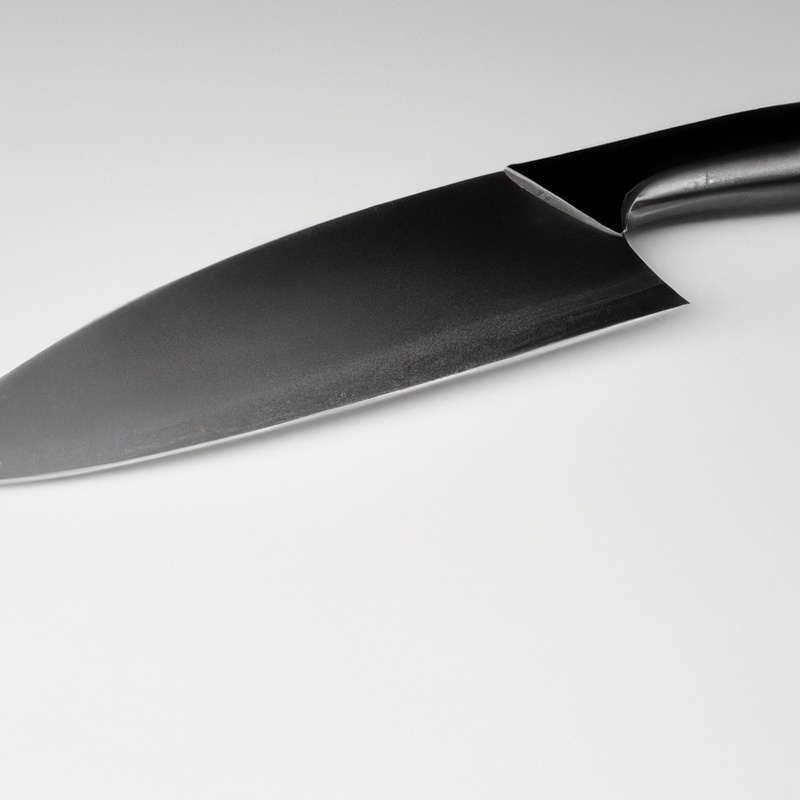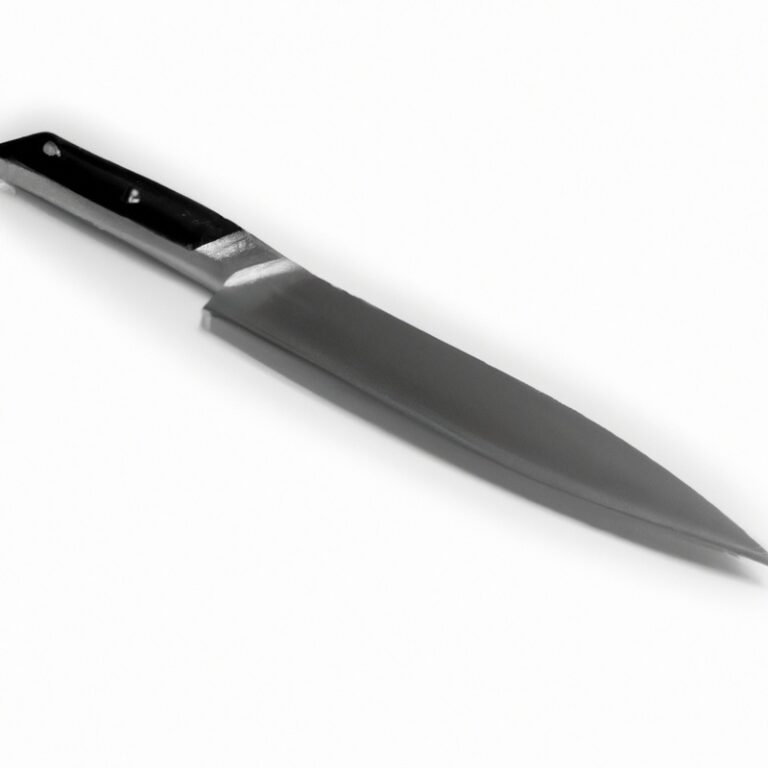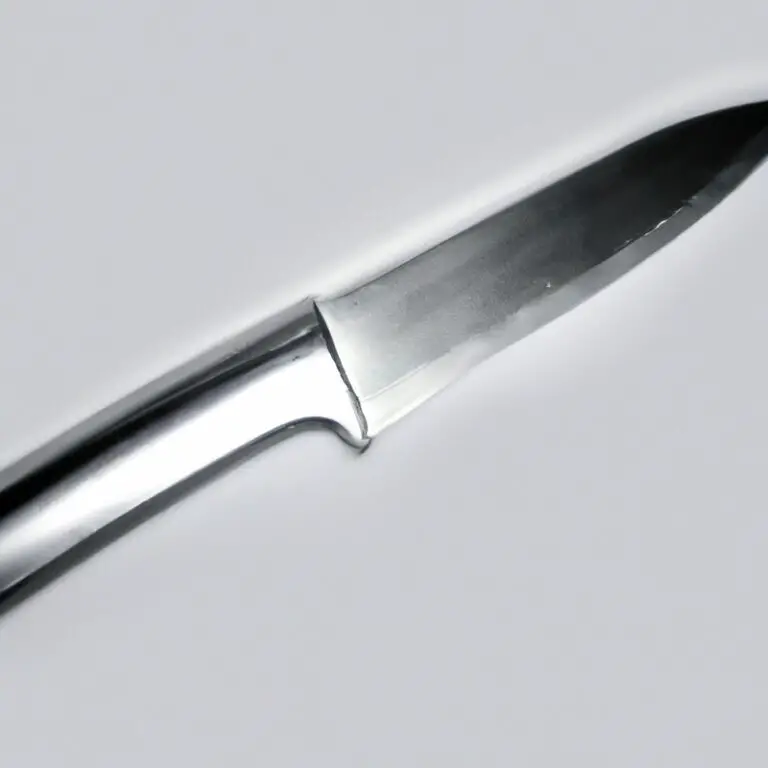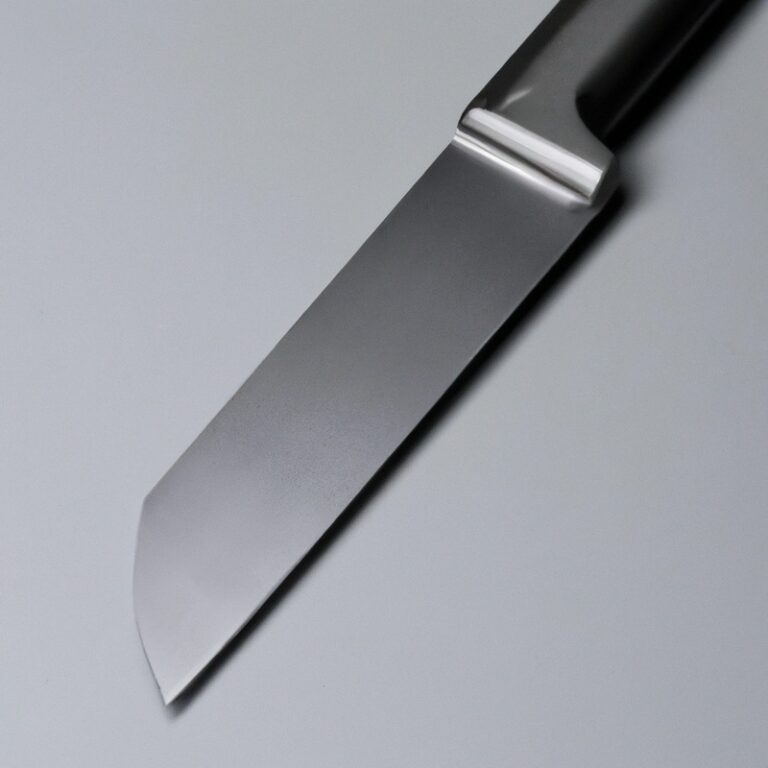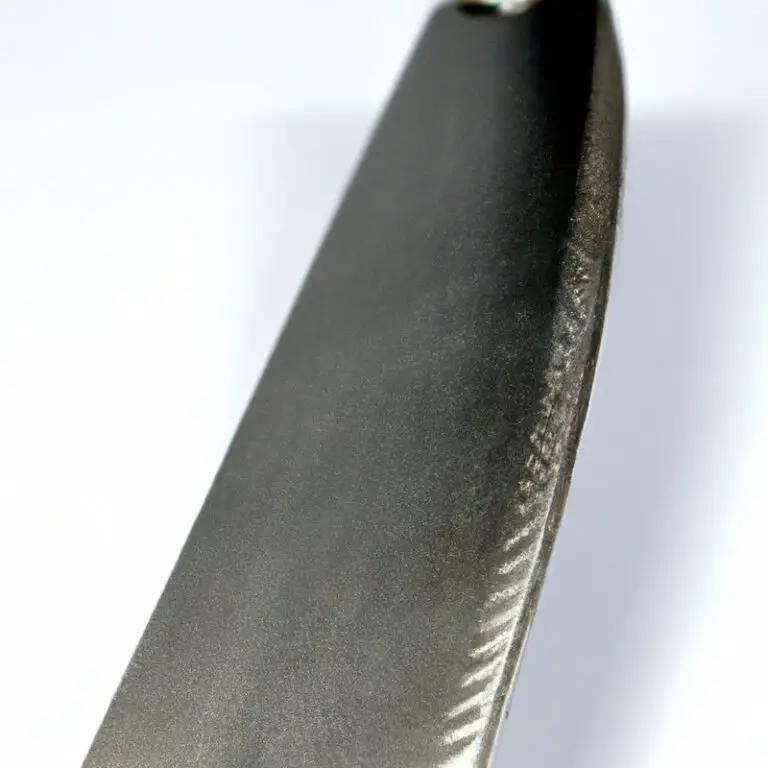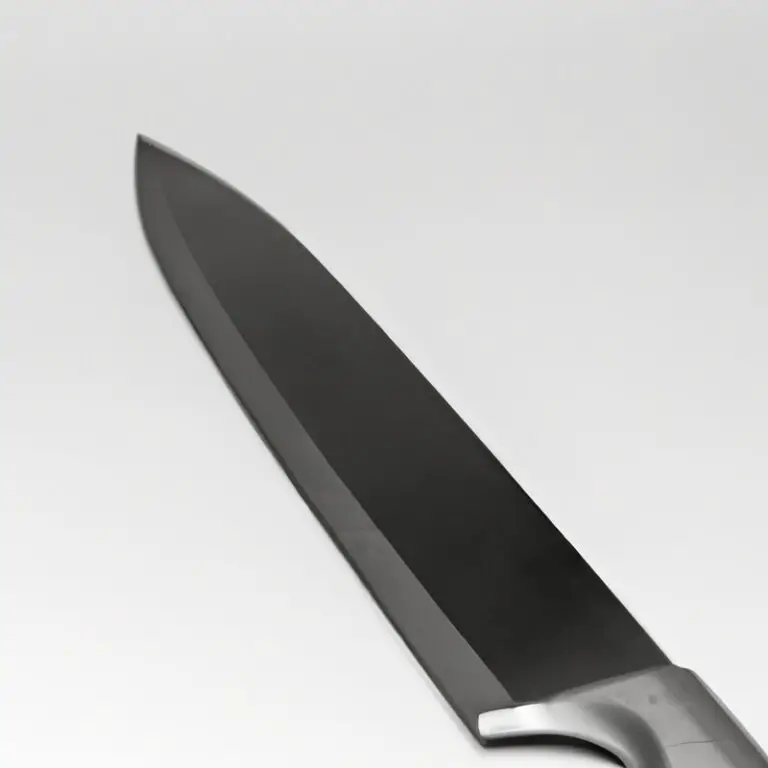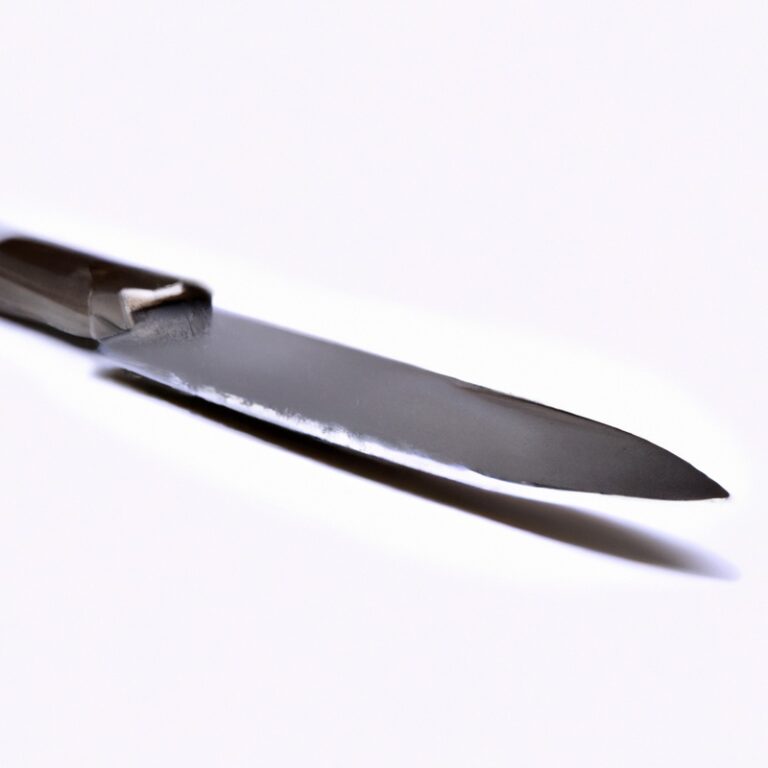What Are The Advantages Of Using a Serrated Knife For Cutting Through Delicate Tarts Or Quiches?
Key Takeaways:
- Serrated knives provide cleaner cuts for delicate tarts or quiches.
- The saw-like teeth of a serrated knife reduce crushing and keep fillings intact.
- Serrated knives are better suited for flaky crusts and soft fillings.
- Serrated knives require less pressure, minimizing the risk of damaging the delicate pastry.
Are you frustrated with your delicate tarts crumbling and falling apart when you try to cut them? Well, I have a solution for you: a serrated knife! Yes, you heard me right.
This kitchen tool, with its saw-like teeth, is not just for cutting through crusty bread; it also works wonders when it comes to slicing through delicate tarts or quiches.
In this article, I will explore the advantages of using a serrated knife for this particular task. From its gentle cutting motion to the preservation of the tarts’ shape and presentation, this knife is truly a game-changer in the kitchen.
So, grab your serrated knife and let’s dive in!
What is a serrated knife?
Definition and features of a serrated knife
A serrated knife is a type of kitchen knife that features a serrated edge, which is characterized by small, saw-like teeth along the blade. These teeth help to grip and cut through tough or delicate foods more effectively.
The main advantage of a serrated knife is its ability to slice through foods with minimal pressure, reducing the risk of squishing or crushing delicate items.
The saw-like action of the blade also helps to minimize tearing and create cleaner cuts. Serrated knives are commonly used for cutting bread, tomatoes, and other foods with a tough exterior and soft interior.
Why use a serrated knife for cutting delicate tarts or quiches?
1. Gentle cutting motion
A gentle cutting motion is one of the key advantages of using a serrated knife for cutting delicate tarts or quiches. With a serrated knife, you can easily glide through the delicate crust without applying too much pressure or force.
This gentle cutting motion helps to prevent the crust from crumbling or tearing, ensuring that your tarts or quiches remain intact and visually appealing.
So, when it comes to slicing through delicate pastries, a serrated knife is definitely the way to go!
2. Minimizes crumbling and tearing
Using a serrated knife for cutting delicate tarts or quiches minimizes crumbling and tearing. The sharp, jagged edges of the serrated blade grip the crust gently and provide a clean cut without squishing the filling.
This is especially important when dealing with flaky or crumbly pastry, as a regular knife can easily cause the crust to break apart.
With a serrated knife, you can maintain the integrity of the tart or quiche and present it beautifully. So, when it comes to cutting delicate pastries, a serrated knife is definitely the way to go.
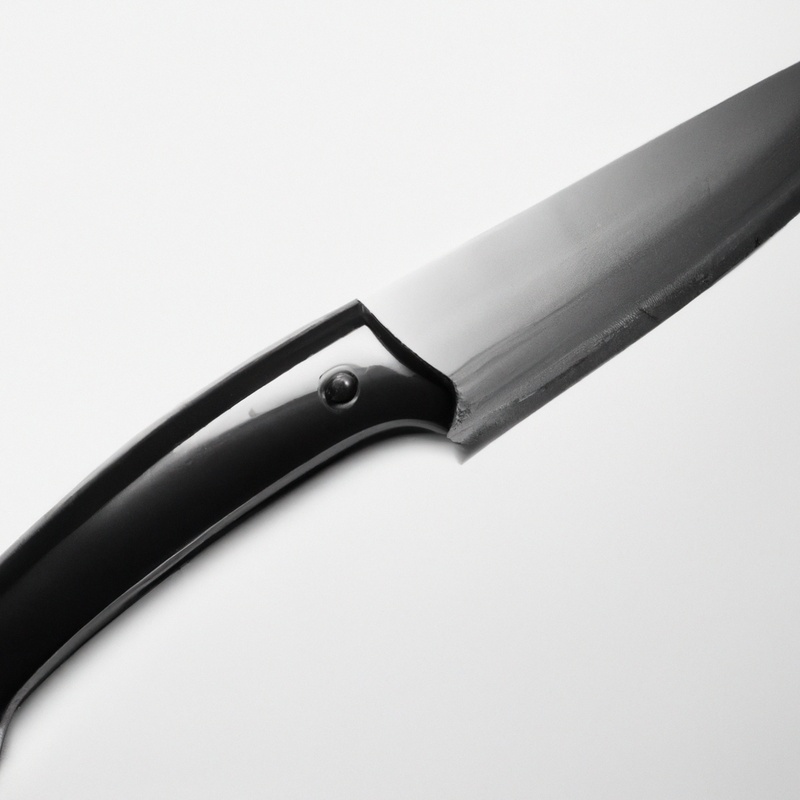
3. Preserves the shape and presentation
Using a serrated knife for cutting delicate tarts or quiches helps preserve their shape and presentation. The saw-like teeth of a serrated knife reduce the chance of squishing the filling or damaging the crust.
The gentle cutting motion prevents the pastry from crumbling or tearing.
As a result, the tarts or quiches maintain their beautiful appearance and can be served with confidence.
Advantages of using a serrated knife for cutting delicate tarts or quiches
1. Clean cuts without squishing the filling
A serrated knife is perfect for cutting delicate tarts or quiches without squishing the filling. The serrated blade slices through the crust smoothly without applying excessive pressure to the filling, ensuring clean cuts.
The teeth on the knife grip the pastry, allowing for precise and controlled cutting.
With a serrated knife, you can enjoy beautifully presented slices of tarts or quiches without worrying about the filling getting messy or spilling out.
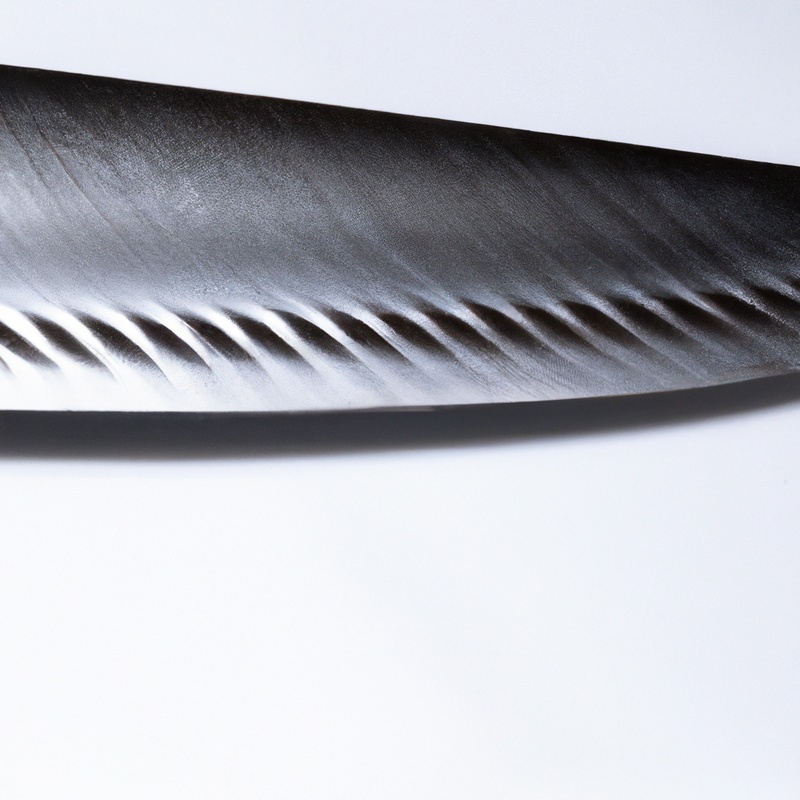
2. Prevents damage to crust or pastry
A serrated knife is the perfect tool for cutting delicate tarts or quiches because it prevents damage to the crust or pastry. The small teeth on the blade grip the surface of the pastry without squishing or compressing it.
This ensures that the crust remains intact and maintains its beautiful presentation.
With a serrated knife, you can effortlessly slice through the delicate layers of your tart or quiche without worrying about it crumbling or tearing. Plus, the gentle cutting motion of the serrated knife helps to preserve the overall shape and structure of your baked creation.
Using a serrated knife is a game-changer when it comes to cutting delicate pastries!
3. Easier slicing through crispy crusts
Using a serrated knife makes slicing through crispy crusts on delicate tarts or quiches easier. The serrated edges of the knife grip onto the crust, allowing for a smooth and effortless cutting motion.
The sharp teeth of the knife reduce the risk of the crust crumbling or tearing, ensuring clean and neat slices.
This is especially important when serving the tart or quiche to maintain its shape and presentation. So, when it comes to cutting through those crispy crusts, a serrated knife is definitely the way to go.
Different types of serrated knives for delicate cutting
1. Offset serrated knife
An offset serrated knife is a type of serrated knife that has a curved handle, which allows for a more ergonomic and comfortable grip. The offset design also helps to keep your hand elevated and away from the cutting surface, reducing the risk of accidentally nicking your fingers.
The serrated blade of an offset serrated knife is perfect for cutting through delicate tarts or quiches without crushing or tearing them.
Its sharp, jagged edges make it easier to slice through crusts and other crispy layers, ensuring clean cuts and preserving the overall presentation of your baked goods.
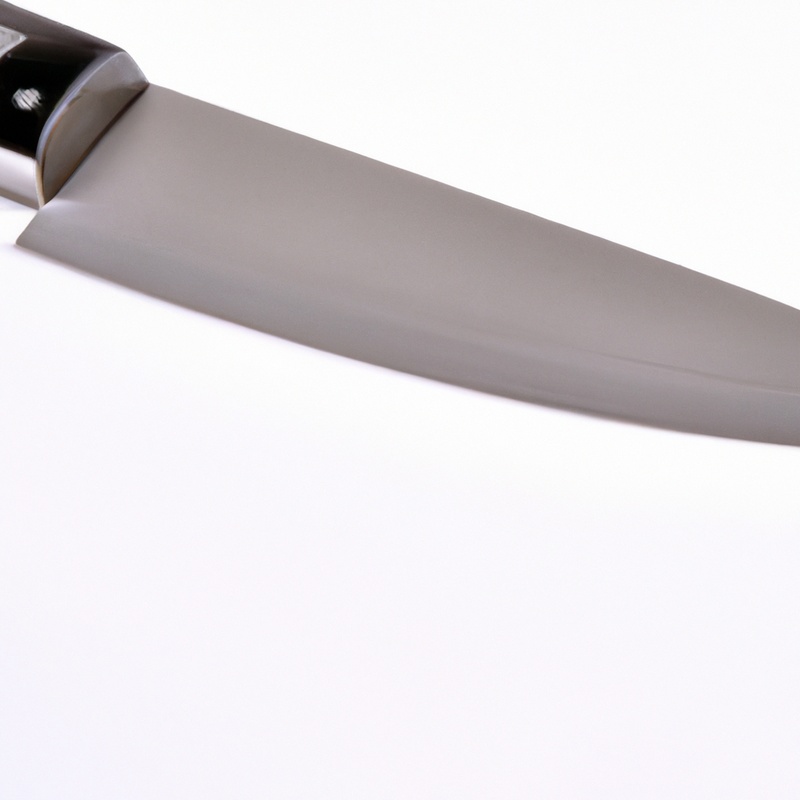
2. Scalloped or bread knife
A scalloped knife, also known as a bread knife, is a type of serrated knife that is perfect for cutting delicate tarts or quiches. Its scalloped edge allows for smooth and precise slicing, without squishing the filling or damaging the crust.
The long, serrated blade of a scalloped knife enables easier slicing through crispy crusts, ensuring that your tarts and quiches maintain their shape and presentation.
This versatile knife is also great for slicing bread, bagels, and other soft foods like cakes and tomatoes.
3. Tomato knife
A tomato knife, as the name suggests, is a specialized knife designed specifically for cutting tomatoes. It has a serrated edge that allows for precise and clean cuts through the delicate skin and flesh of a tomato without squishing or crushing it.
The serrated edge helps to grip the slippery tomato surface and provides a smooth slicing motion.
The blade of a tomato knife is usually shorter and narrower than a regular chef’s knife, allowing for more control and maneuverability. It’s a handy tool to have in the kitchen, especially if you frequently work with tomatoes or other soft fruits and vegetables.
Tips for using a serrated knife on delicate tarts or quiches
1. Choose the right knife size
To choose the right knife size for cutting delicate tarts or quiches, consider the size of your dish. For smaller tarts or individual portions, a small serrated knife will work well.
A blade length of around 4-6 inches should be sufficient.
For larger quiches or tarts, opt for a slightly larger serrated knife with a blade length of around 8-10 inches. This will ensure that you can cut through the crust and filling with ease.
Remember to choose a knife size that feels comfortable in your hand for better control while cutting.
2. Keep the knife sharp
To ensure smooth and precise cuts when using a serrated knife on delicate tarts or quiches, it is crucial to keep the knife sharp. A sharp serrated knife allows for effortless slicing through crispy crusts without damaging the delicate filling.
When the knife is dull, it can tear and crush the pastry, ruining the presentation.
Regularly sharpening the serrated knife will help maintain its effectiveness and ensure clean, professional-looking cuts. Remember to follow proper knife sharpening techniques or seek professional assistance if needed.
3. Apply gentle pressure while cutting
When cutting delicate tarts or quiches with a serrated knife, applying gentle pressure is key. This helps prevent the crust from crumbling or the filling from squishing out.
By using a light touch, you can ensure clean cuts without damaging the pastry.
It’s important to let the serrations on the knife do the work, rather than forcing the blade through. Take your time and let the gentle pressure guide your slicing motion for beautiful, intact servings.
4. Use a sawing motion for best results
To achieve the best results when using a serrated knife on delicate tarts or quiches, it’s important to use a sawing motion. This means gently moving the knife back and forth instead of applying too much pressure in a downward motion.
The sawing motion allows the serrated teeth to glide through the crust without damaging it or causing the filling to squish out.
It’s a simple technique that ensures clean and smooth cuts every time. So, next time you’re slicing through a delicate tart or quiche, remember to use a sawing motion for the best results.
Other uses of serrated knives in the kitchen
1. Slicing bread and bagels
Serrated knives are excellent for slicing bread and bagels. The serrated edges grip the crust and give you a clean, precise cut without squishing the soft interior.
The sharp teeth of the knife allow for smooth slicing through the crust, preventing it from crumbling or tearing.
Whether you’re making a sandwich or enjoying a fresh bagel, a serrated knife is a must-have tool in the kitchen. So, grab your serrated knife and get ready to slice through that loaf of bread or bagel with ease!
2. Cutting soft fruits and vegetables
Cutting soft fruits and vegetables can be a tricky task, but using a serrated knife can make it much easier. The serrated edges of the knife grip the soft flesh of fruits like tomatoes and peaches, allowing for a clean cut without squishing or mashing the delicate texture.
The sawing motion of the knife also prevents the knife from slipping, providing better control while cutting.
So, the next time you’re working with soft produce, grab your serrated knife for effortless slicing.
3. Carving juicy meats
Carving juicy meats is a breeze with a serrated knife. The sharp teeth of the knife easily grip the meat, allowing for precise and effortless cuts.
Whether you’re slicing a tender roast or a succulent steak, a serrated knife will ensure clean, even slices without tearing or crushing the meat.
The saw-like motion of the knife ensures that you can easily navigate through the juiciest cuts, maintaining the integrity and presentation of the meat. So, when it comes to carving juicy meats, a serrated knife is definitely the way to go!
Final Verdict
Using a serrated knife for cutting delicate tarts or quiches provides numerous advantages. The gentle cutting motion minimizes crumbling and tearing, preserving the shape and presentation of the dessert.
Additionally, it allows for clean cuts without squishing the filling and prevents damage to the crust or pastry.
By choosing the right knife size, keeping it sharp, applying gentle pressure, and using a sawing motion, the results will be exceptional. Overall, the serrated knife proves to be a valuable tool in the kitchen, delivering precise and effortless cutting for a variety of purposes.

